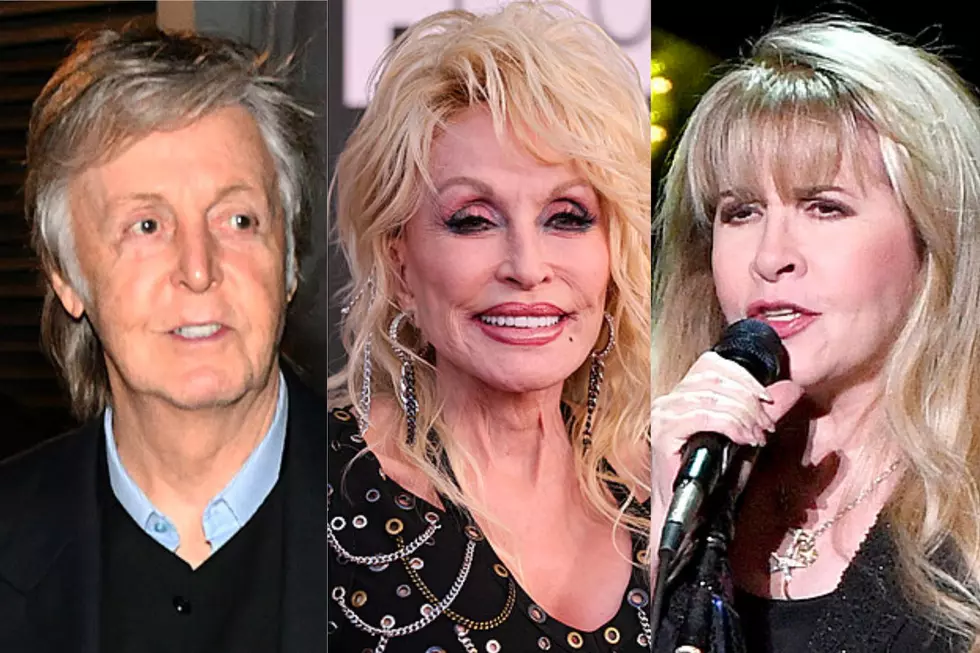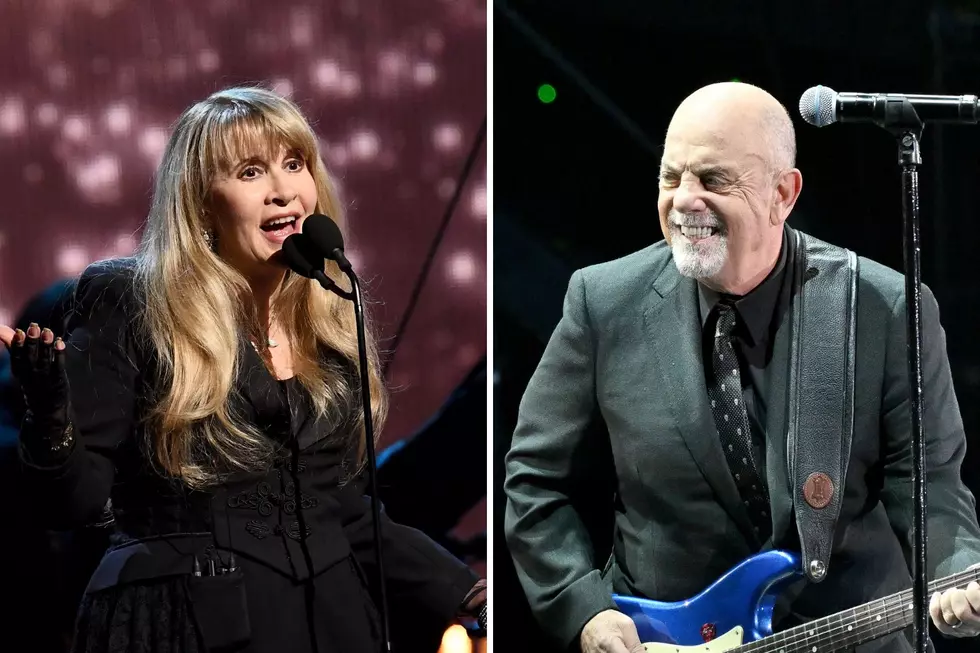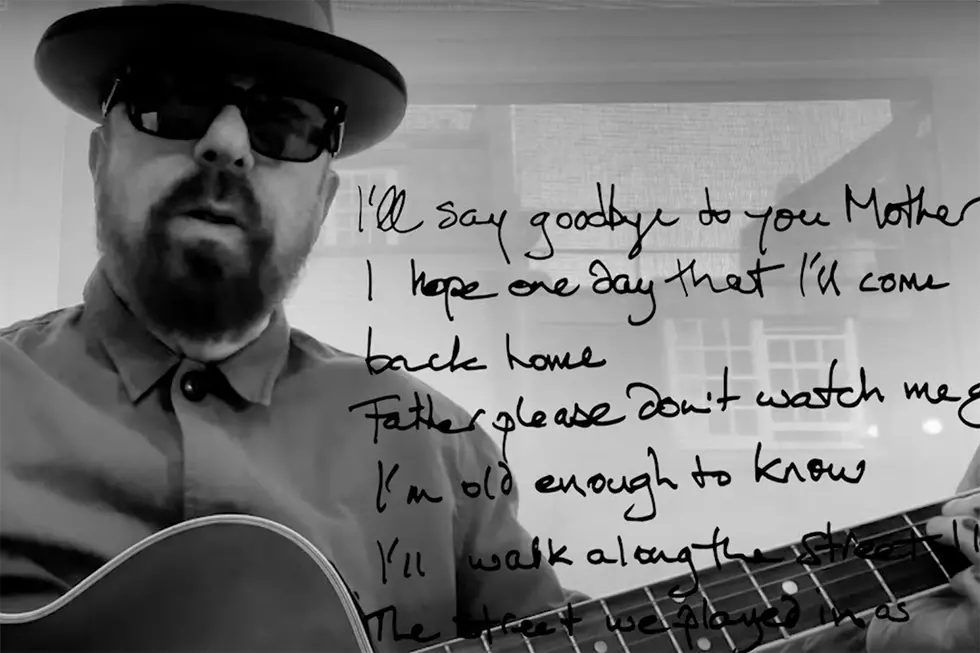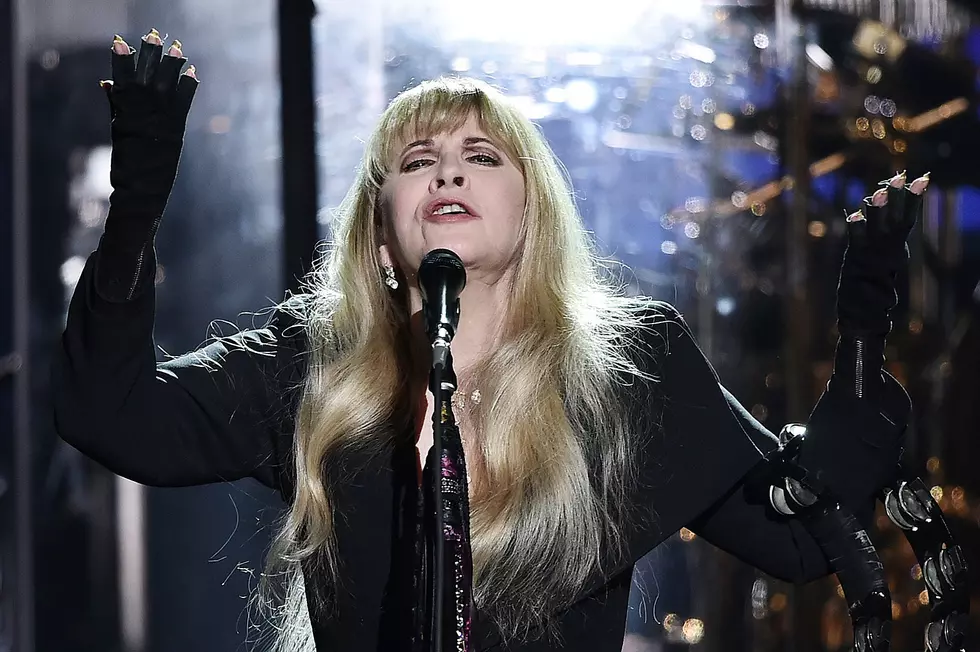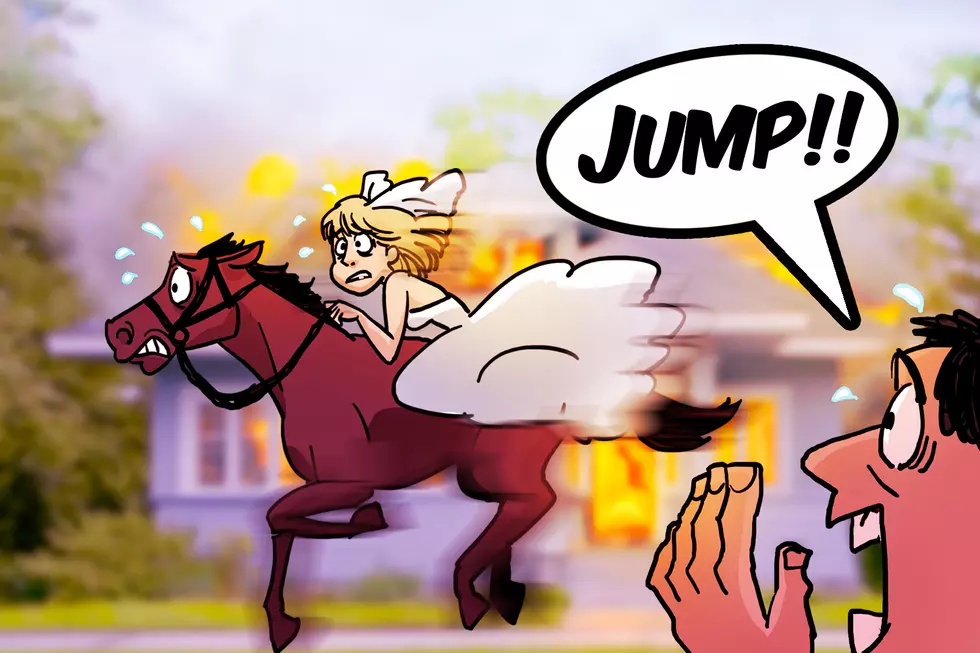
How Stevie Nicks Almost Died Filming a Video for ‘Stand Back’
When MTV launched in 1981, it heralded a new era of promotion that centered on music videos. They were works of art that were often distinct from the song that accompanied them, and that in turn helped develop new filming techniques and technological advances.
First, though, there had to be a silly season featuring a new era of victims who were moving in the wrong direction. Mainstream television had already learned the adage about never working with children or animals, but in the rock world, many still had to work that out for themselves. Stevie Nicks was one of them.
The Fleetwood Mac star had ambitious plans for her 1983 solo single “Stand Back,” but it became an expensive and dangerous mistake.
This was to be “my first and last foray into writing a video,” Nicks said in 2012’s I Want My MTV: The Uncensored Story of the Music Video Revolution. “I decided it was going to be a Civil War scene. It was insane; it didn’t go with the song at all. It was so bad, it was almost good. I tried to act, which was horrific. We used a house in Beverly Hills that we accidentally set on fire. I almost got killed riding a horse: He went straight into a grove of trees and the crew in the car driving alongside screamed, ‘Jump!’
“So we watched it back and I said, ‘This can never come out. I don’t care if it cost $1 million.’ Irving Azoff, my manager, said, ‘You’re an idiot.’ We knew ‘Stand Back’ was gonna be a big hit and we had to have a video, so we hired another director and I paid for two complete videos.”
Original director Brian Grant admits that “there was a lot of experimentation, some good and some bad. As a director, it was like somebody else was paying for me to attend film school. For Stevie Nicks’ ‘Stand Back,’ I dreamed up the idea of doing Gone with the Wind in three minutes. I wanted to direct feature films, and I thought this would help prove myself. When Stevie watched the video, she hugged me and said, ‘I look fat.’ And she redid the video with somebody else – a simple, boring, dance-routine video. Such is life.”
Watch Stevie Nicks’ Second 'Stand Back' Video
Daryl Hall freely admits he “didn’t pay attention to how much money was being spent, much to my shame and sorrow.” At the time, record labels worked with the understanding that they would pay half the cost of a video, while the artist paid the other half. “I was too stupid to realize that all the stuff was charged to me anyway,” Hall admitted in I Want My MTV. “People loved to spend my money.”
While filming a promo for Hall & Oates’ “Maneater” in 1982, “somebody decided the video wouldn’t be complete unless we had an actual panther, a man-eating animal, in the video,” Hall added. “It appeared for a second and a half in the video and probably cost $10,000. This South American black panther was wired to the floor so it wouldn’t attack everybody. Of course, it got loose in this gigantic studio in LA and went in the rafters, 50 feet up. Nobody could get it down. That's when I left the building.”
Watch Hall & Oates’ ‘Maneater’ Video
Later in the decade – after Def Leppard more or less got away with shooting their “Animal” video in a real circus – Ozzy Osbourne decided to ignore what he’d learned about bats and doves and turn his attention to pigs for his “Miracle Man” promo. He filled an English church with a herd of them, to make a point about people who follow fake religious leaders.
“When the music went on, the pigs all took a massive shit at the same time – because it was so fucking loud in there,” Osbourne later told Guitar World. “The playback started and they all went pfffffftttt! Sixty pigs shitting! I had a pair of brand-new suede boots on, and I never wore them again.”
Watch Ozzy Osbourne’s ‘Miracle Man’ Video
Still, none of them can top Helen Schneider. For some reason, she felt the need to include a bewildered goat in her 1981 version of “Shadows of the Night,” which was later made into a hit (sans goat) by Pat Benatar.
Watch Helen Scheider’s ‘Shadow of the Night’ Video
Legends Who Never Had a No. 1 Single
Stevie Nicks Talks About Life After Music
More From 96.7 The River

